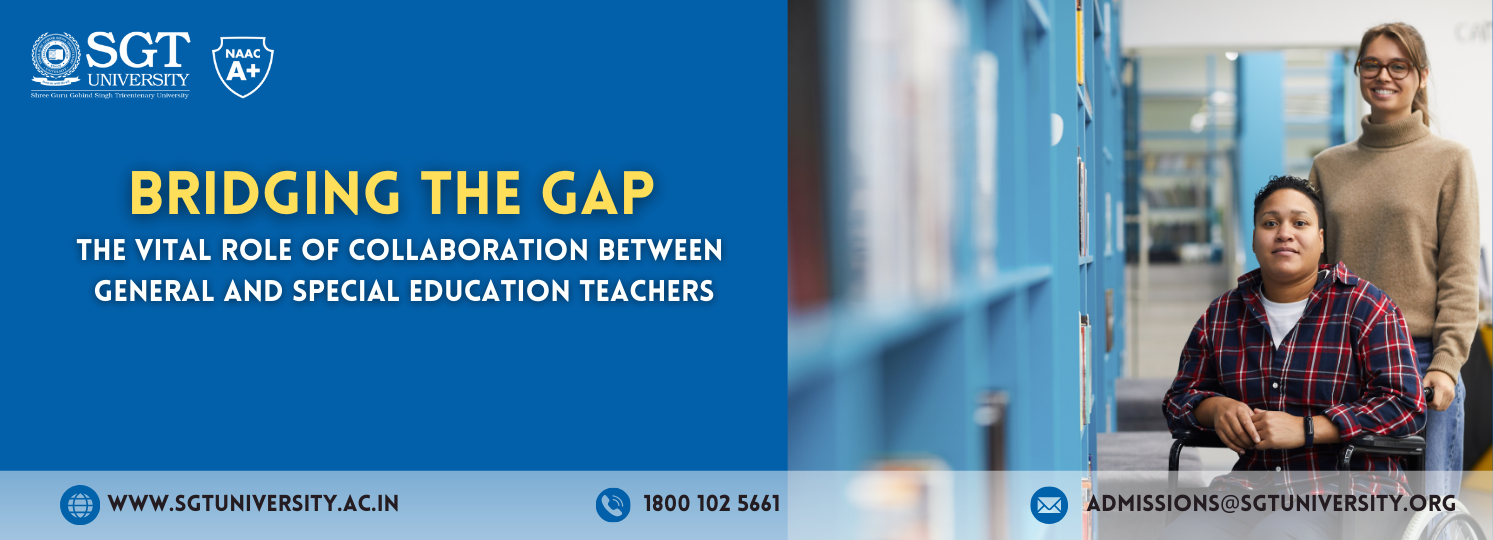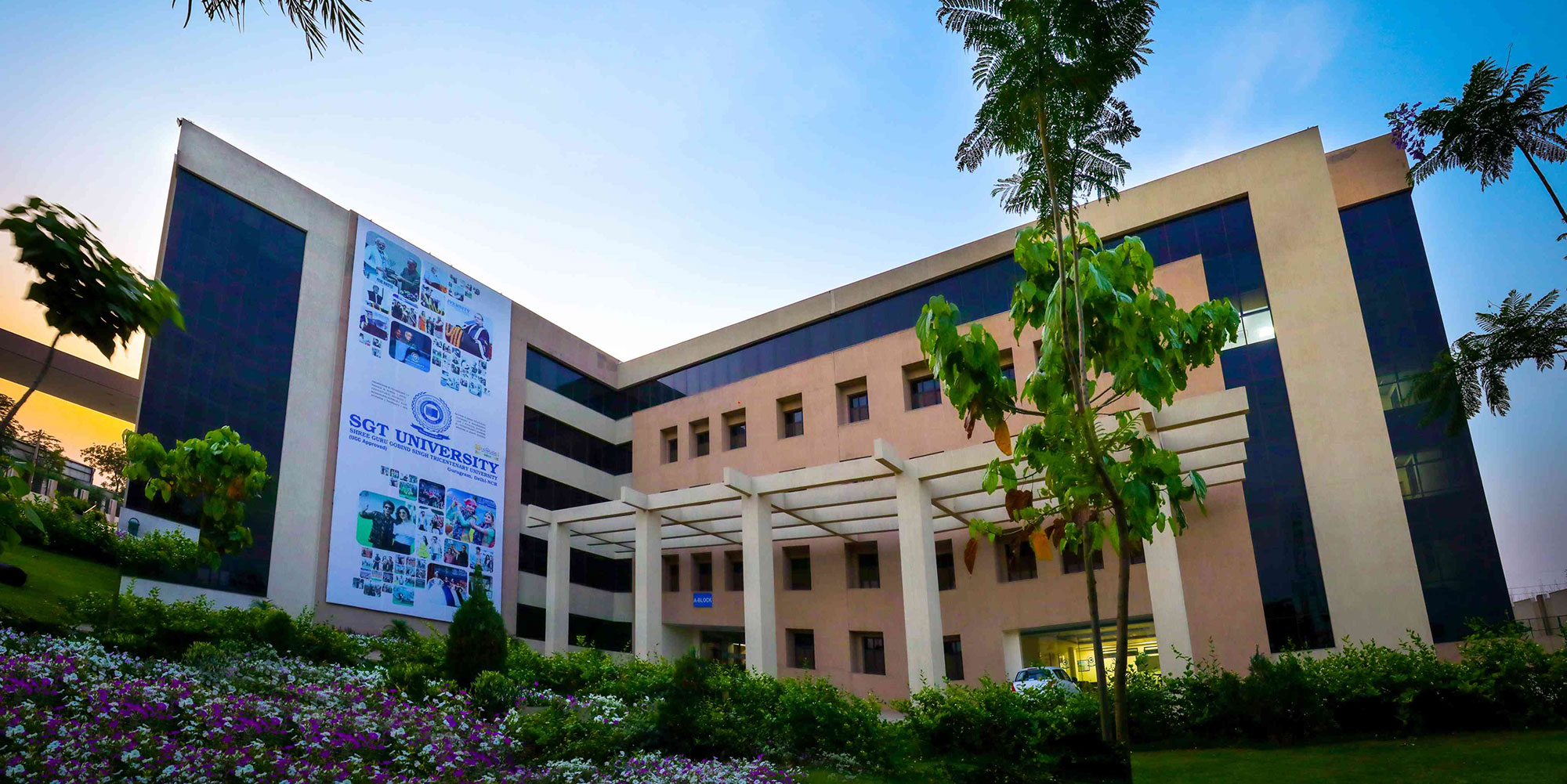Bridging the Gap: The Vital Role of Collaboration Between General and Special Education Teachers
Updated on: August 27, 2024

Discover the vital role of collaboration between general and special education teachers in creating inclusive classrooms. This partnership enhances support for diverse learners, maximizes resources, and fosters professional growth, ensuring every student can thrive.
In modern education, inclusivity and diversity are guiding principles that shape the learning journey of every student. Central to this mission is the collaboration between general and special education teachers. This partnership goes beyond resource sharing; it's about creating an environment where every student, regardless of their abilities, receives the support they need to thrive. This article explores the significance of this collaboration and its role in transforming classrooms into inclusive spaces where every learner can succeed.
Understanding Diverse Learners
Classrooms today are a tapestry of varying learning abilities, preferences, and challenges. General education teachers typically address a broad spectrum of students, while special education teachers focus on supporting those with diverse needs such as learning disabilities, developmental delays, or behavioural disorders. Recognizing and respecting this diversity is the foundation for effective collaboration.
Why Collaboration Between General and Special Education Teachers is Crucial
Meeting Diverse Needs
Every student is unique, with individual strengths and challenges. General education teachers excel in delivering curriculum content to diverse groups, while special education teachers offer specialized strategies to support students with disabilities or learning differences. Collaboration ensures that every student receives the tailored support needed to thrive.
Maximizing Resources
Two heads are better than one. By pooling their resources, general and special education teachers can enhance the learning environment. Sharing insights, materials, and best practices allows for a more effective teaching strategy and a richer educational experience for all students.
Creating Inclusive Environments
Collaboration fosters inclusive classrooms where every student feels valued and supported. When general and special education teachers work together, they model inclusivity, empathy, and acceptance, cultivating a positive and supportive learning environment.
Personalized Learning
Collaborative efforts enable teachers to develop personalized learning plans tailored to each student's needs. By combining their expertise, they can create differentiated instruction, modify assignments, and implement targeted interventions to ensure every student has the opportunity to succeed.
Professional Growth
Collaboration benefits not just students but also teachers. It provides opportunities for professional growth, allowing educators to learn from one another, share best practices, and expand their skill sets. This ongoing learning process enhances teaching effectiveness and fosters a culture of innovation and excellence.
Conclusion
Collaboration between general and special education teachers is not merely important—it is essential. By working together, these educators create inclusive, supportive learning environments where every student can reach their full potential. As we continue to advocate for inclusive education, let's recognize the power of partnership in making a meaningful difference in the lives of all students.
Note: The collaboration between general and special education teachers is not just a professional necessity; it is a moral imperative for creating equitable and inclusive learning environments.
Ms. Poonam Talwar
Assistant Professor
Department of Special Education, Faculty of Education
SGT University, Gurugram

